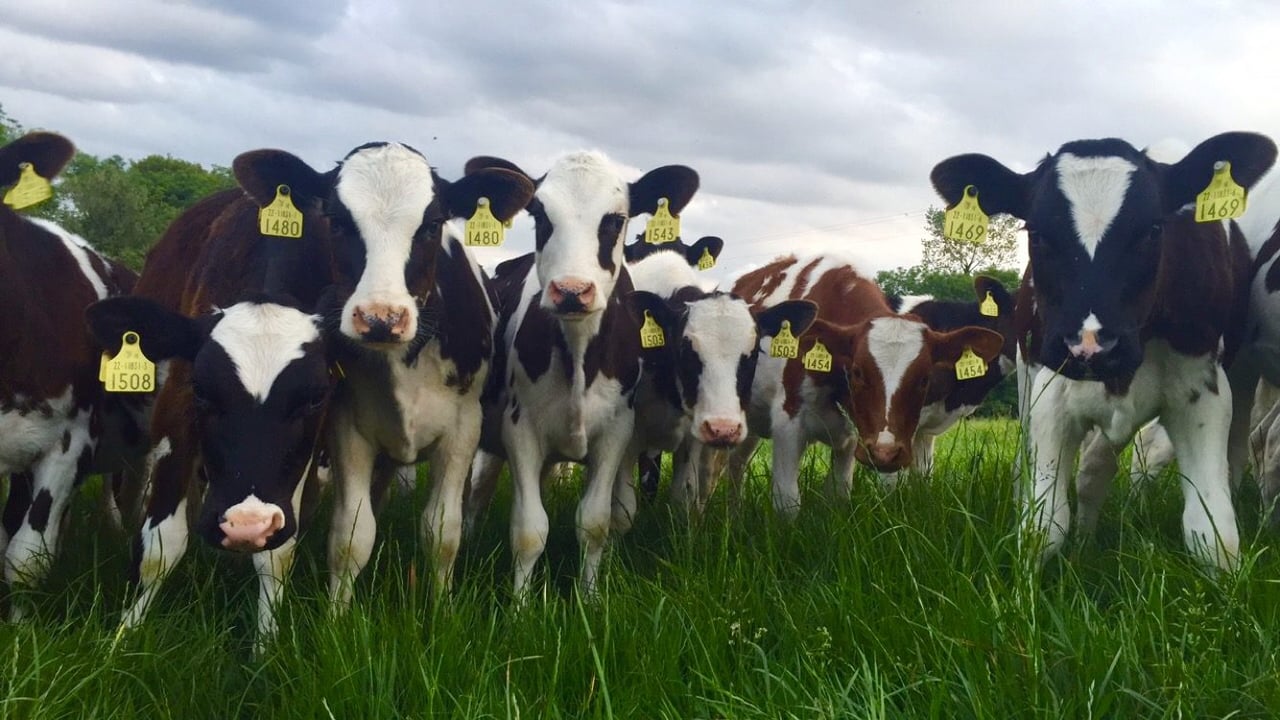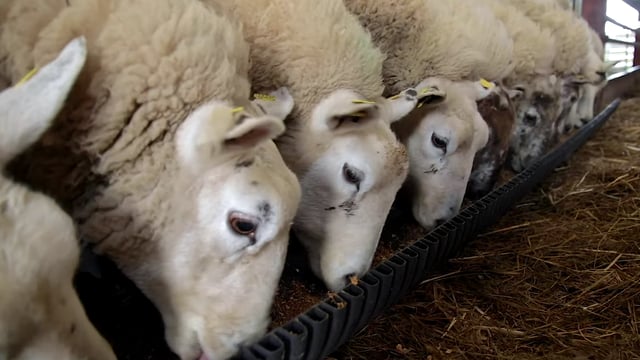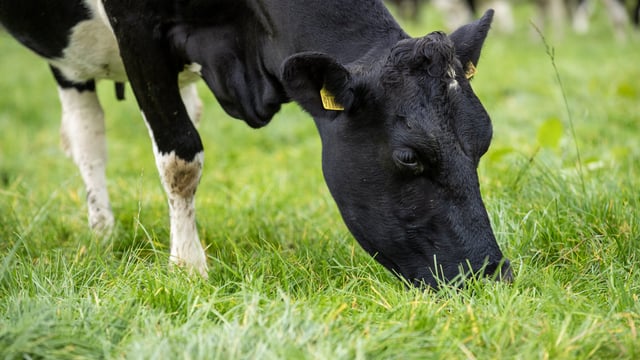Controlling parasites during the grazing season
Stomach and gut worms begin to become a problem on farms as temperature rise and controlling parasites can be difficult, as these worms thrive in warm, damp conditions.
Their life cycles can be completed in just three to four weeks with the worms quickly turning into a big issue on farms, causing scour, poor growth rates and reduced production.
We can expect stomach and gut worm problems to increase during the grazing season while lungworm issues are less predictable.
Calves out during their first grazing should be closely monitored for any signs of coughing and if lungworm is suspected, the group should be treated immediately.
Dairy-beef calves should be consistently checked and treated if needed throughout the grazing season. Worm egg count after six to eight weeks post turnout can indicate whether the calves need treatment.
Worm levels are usually low in the early season, but egg counts above 200, along with poor live weight gains is a sure sign of clinical disease.
Coccidia is something to be mindful of as well, as it can be an issue for calves early in the grazing season.
Getting the dung sampled is an effective way of distinguishing whether it is coccidia or gut worms affecting your calves and will help you with treating the calves accordingly.
Your grazing and pasture management is the most effective way of reducing the spread and impact of worms on your farm throughout the summer months.
Pastures that were grazed by calves in the previous season are likely to be contaminated, so, grazing calves on these high-risk pastures should be avoided.
Young calves are more likely to develop clinical signs after picking up severe worm infections, according to Animal Health Ireland.
Letting your milking cows or older stock graze these pastures first is advisable as they have more immunity to worms and rarely show signs of stomach or gut worms.
However, lungworm can still pose a threat if they graze heavily contaminated pastures or have not yet developed strong immunity to lungworm.
Mapping out low, medium or high risk paddocks for worm egg contamination might be a way to control the spread and plan your grazing.
The criteria for ranking the fields could be based of the following questions:
- Has there been paddocks with lungworm outbreak in recent years?;
- Is there a reseeded paddock available for young stock?;
- Are there waterlogged fields that are a risk to liver fluke?;
- Has it been a dry summer where worm larvae is less likely to survive?.
This will help you identify the high-risk fields of contamination with worm eggs and larvae over the course of the grazing season.
Good grazing management will limit the need for wormer treatment throughout the season, although, practical decisions such as grass cover, available water, and silage fields need to be considered in the planning.





